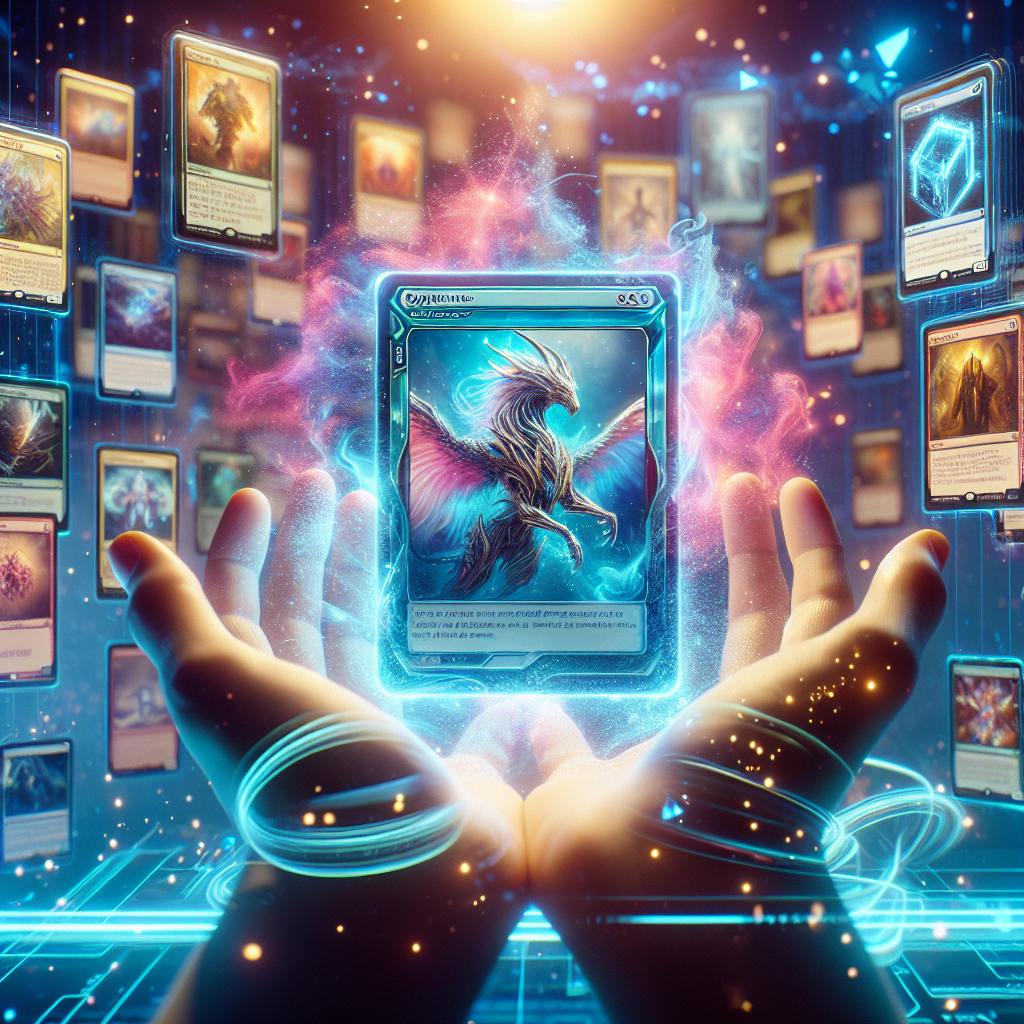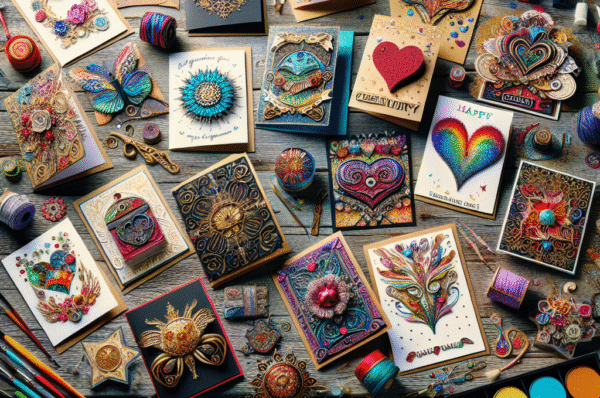In the ever-evolving landscape of collectibles, trading cards have enjoyed a storied history, captivating generations of fans through their blend of art, strategy, and community. Yet, as technology advances and consumer habits shift, a new era of trading cards has emerged—one that transcends the physical realm and taps into the digital universe. The rise of digital collectibles is reshaping how we view trading cards, heralding a transformative time in the world of collecting.
A Look Back at Traditional Trading Cards
Trading cards have roots that trace back to the late 19th century, first gaining widespread popularity with baseball cards in the 1900s. These tangible treasures allowed fans to celebrate their favorite players and teams, becoming a cornerstone of sports memorabilia. Over the decades, the genre exploded, branching into various categories such as comic book heroes, game characters, and pop culture icons. However, the traditional model faced significant challenges, including issues of counterfeit cards, physical damage, and marketplace accessibility.
Enter the Digital Revolution
With the advent of blockchain technology, the digital collectible market has witnessed unprecedented growth. Blockchain provides a unique solution to issues that have long plagued traditional trading cards: authenticity, scarcity, and ownership. Digital collectibles, often referred to as NFTs (non-fungible tokens), are unique units of data stored on a blockchain that establish ownership and provenance for digital assets.
The Appeal of Digital Collectibles
-
Ownership and Scarcity: One of the fundamental principles of trading cards is the rarity that drives their value. Digital collectibles have ingeniously adapted this concept. Each NFT can be one-of-a-kind or part of a limited series, firmly establishing its rarity. Collectors can also verify ownership and track their acquisitions through blockchain, eliminating the risk of counterfeiting.
-
Accessibility and Convenience: Digital cards can be accessed from anywhere in the world, making them more accessible to a global audience. Collectors no longer need to attend conventions or local shops; they can trade and collect with a few clicks from the comfort of their homes.
-
Interactive and Evolving Content: Digital collectibles have the added advantage of being dynamic. Developers can create cards that evolve over time or unlock additional content as collectors engage with them. This interactivity provides a fresh layer of excitement and engagement that physical cards simply can’t match.
- Community and Social Interaction: Online platforms dedicated to trading digital collectibles foster vibrant communities. Fans connect through social media, forums, and virtual events, enhancing their overall collecting experience. This digital camaraderie mirrors the traditional card-collecting culture but is amplified by technological advancements.
Pioneering Platforms and Popular Examples
The emergence of digital collectibles has given rise to several innovative platforms catering to collectors. NBA Top Shot, for example, offers “moments” of historic basketball plays as NFTs, allowing fans to own and trade highlight clips from their favorite games. Other platforms, such as Sorare, merge fantasy sports with digital collectibles, enabling players to build fantasy teams using their digital card inventory.
Furthermore, collectibles from popular franchises like Pokémon have also transitioned into the digital space, offering virtual versions that maintain the charm of their physical counterparts while capturing new audiences in the process.
The Future of Digital Trading Cards
As technology continues to advance, the possibilities for digital collectibles are boundless. Innovations such as augmented reality (AR) could soon create immersive experiences where collectors interact with their cards in ways that blend the digital and physical worlds. Moreover, as mainstream acceptance of cryptocurrencies grows, digital trading cards could see increased adoption among broader demographics.
However, as with any burgeoning market, the rise of digital collectibles also brings its challenges. Concerns about environmental impact due to the energy consumption of blockchain technology, as well as the fluctuations in value for NFTs, necessitate a cautious approach from collectors and investors alike.
Conclusion
The rise of digital collectibles marks a watershed moment in the world of trading cards. By harnessing technology, these digital assets not only preserve the essence of traditional collecting but also expand upon it with new opportunities and challenges. As enthusiasts continue to embrace this brave new world, the future of trading cards is not just a nostalgic nod to the past but an exciting leap into the limitless possibilities of the digital age. Whether you’re a seasoned collector or a newcomer to the scene, one thing is clear: the allure of trading cards has been reimagined, and the best is yet to come.




